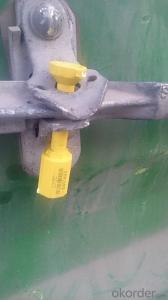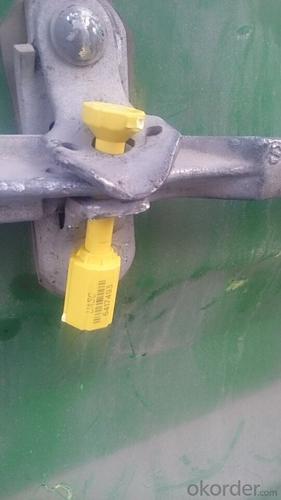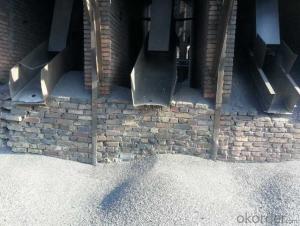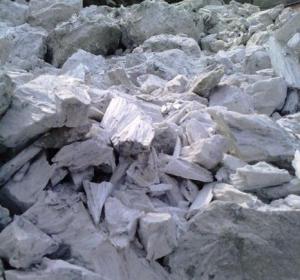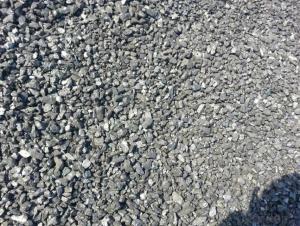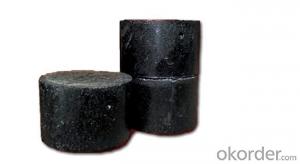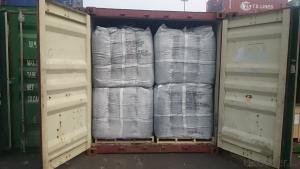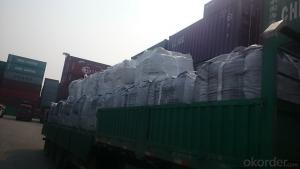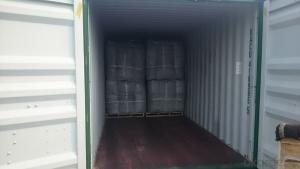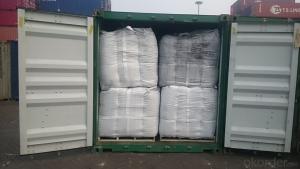GPC with lower Sulphur0.03% max and N 0.03%max
- Loading Port:
- Tianjin
- Payment Terms:
- TT OR LC
- Min Order Qty:
- 20 m.t.
- Supply Capability:
- 5000 m.t./month
OKorder Service Pledge
OKorder Financial Service
You Might Also Like
Introduction:
GPC has good characteristics with low ash, low resistivity, low sulphur, high carbon and high density. It is the best material for high quality carbon products. It is used as carbon additive in steel industry or fuel.
Features:
1.Our strong team provide you reliable service that make you feel purchasing is more easier
2. We ensure that we can supply capability with competitive price.
3. Work strictly to guarantee product quality,
4. Highest standard of integrity. Guarantee customer's benefit.
5. Supplying Pet Coke, Met coke, Foundry Coke, Carbon Raiser etc.
Specifications:
F.C.% | 95MIN | 94MIN | 93MIN | 92MIN | 90MIN | 85MIN | 84MIN |
ASH % | 4MAX | 5MAX | 6 MAX | 6.5MAX | 8.5MAX | 12MAX | 13MAX |
V.M.% | 1 MAX | 1MAX | 1.0MAX | 1.5MAX | 1.5MAX | 3 MAX | 3 MAX |
SULFUR % | 0.3MAX | 0.3MAX | 0.3MAX | 0.35MAX | 0.35MAX | 0.5MAX | 0.5MAX |
MOISTURE % | 0.5MAX | 0.5MAX | 0.5MAX | 0.5MAX | 0.5MAX | 1MAX | 1MAX |
Pictures
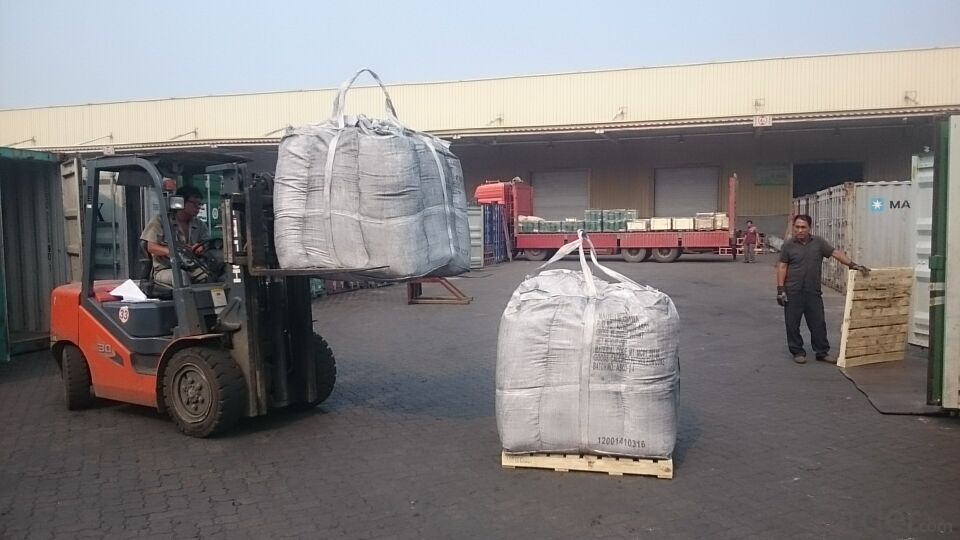
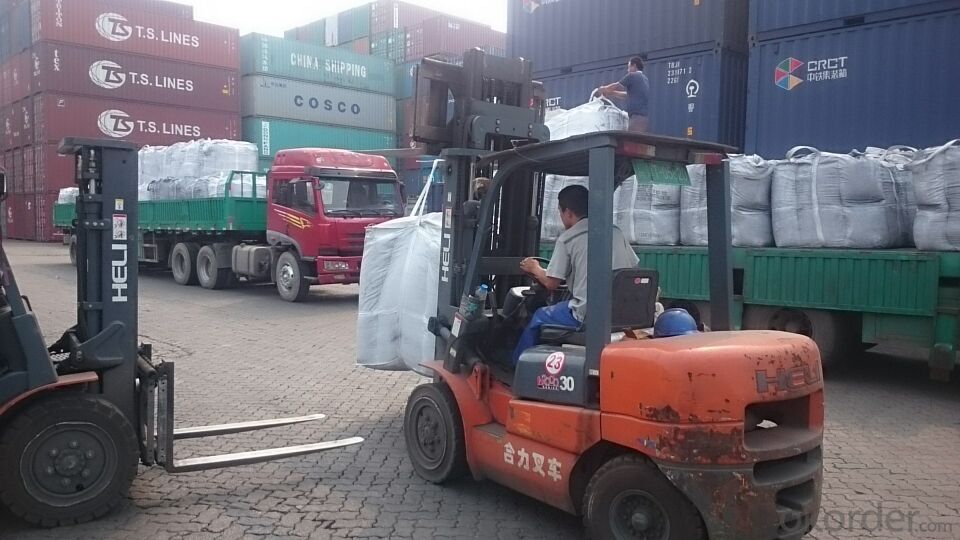
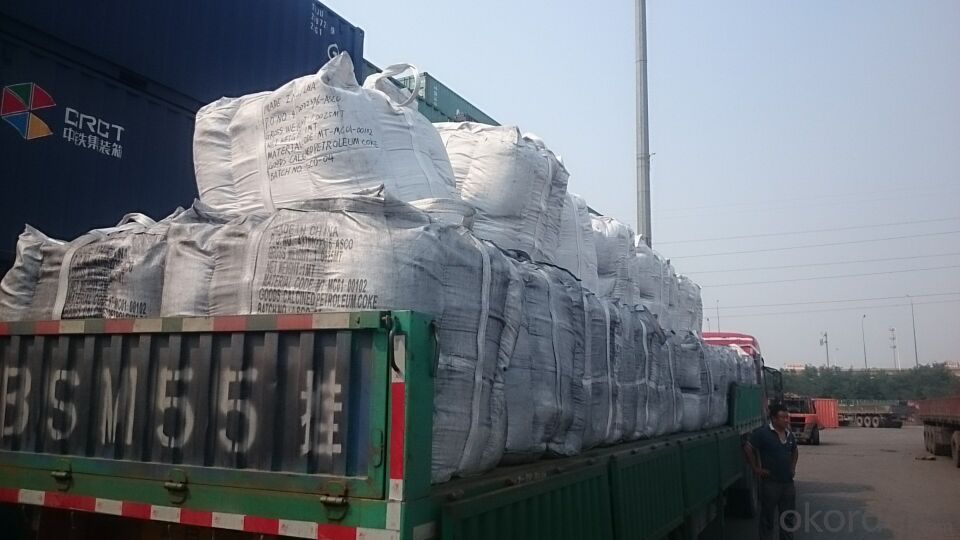
FAQ:
1. Your specification is not very suitable for us.
Please offer us specific indicators by TM or email. We will give you feedback as soon as possible.
2. When can I get the price?
We usually quote within 24 hours after getting your detailed requirements, like size, quantity etc. .
If it is an urgent order, you can call us directly.
3. Do you provide samples?
Yes, samples are available for you to check our quality.
Samples delivery time will be about 3-10 days.
4. What about the lead time for mass product?
The lead time is based on the quantity, about 7-15 days. For graphite product, apply Dual-use items license need about 15-20 working days.
5. What is your terms of delivery?
We accept FOB, CFR, CIF, EXW, etc. You can choose the most convenient way for you. Besides that,
we can also shipping by Air and Express.
6. Product packaging?
We are packed in bulk ship or in ton bag or placing in container or according to your requirements.
7. Notice
please note that the price on Alibaba is a rough price. The actual price will depends on raw materials, exchange rate wage and your order quantity .Hope to cooperation with you, thanks !
- Q: Process for producing carbon fiber board
- Method for making carbon fiber sheet:1, first determine the thickness of the plate to be made2 calculate the required number of plies according to the thickness3, and then according to 0 degrees, 45 degrees, 90 degrees, -45 degrees in the order of stacking.4, and then molding it!Now carbon fiber board, in fact, many in the middle are entrained with some glass fiber cloth, of course, there are all carbon, a little more expensive!
- Q: What is the symbol for carbon?
- The symbol for carbon is C.
- Q: How does carbon affect the quality of indoor air?
- Carbon can have a significant impact on the quality of indoor air as it is emitted from various sources such as burning fossil fuels, cooking, and smoking. High levels of carbon can lead to poor air quality, causing symptoms like headaches, dizziness, and fatigue. Additionally, carbon monoxide, a toxic gas produced by incomplete combustion, can be lethal in enclosed spaces. Therefore, it is crucial to properly ventilate and monitor indoor areas to mitigate the negative effects of carbon on indoor air quality.
- Q: How does carbon affect the formation of earthquakes?
- Carbon does not directly affect the formation of earthquakes. Earthquakes are primarily caused by the movement of tectonic plates, which are large sections of the Earth's crust that float on the semi-fluid layer below. These plates can collide, slide past each other, or move apart, causing stress to build up along the plate boundaries. When the stress becomes too great, it is released in the form of an earthquake. However, carbon can indirectly impact the occurrence of earthquakes through its role in the Earth's carbon cycle and its contribution to climate change. Carbon dioxide (CO2) is a greenhouse gas that is released into the atmosphere through various human activities, such as burning fossil fuels. This excess CO2 in the atmosphere leads to global warming and climate change. Climate change can have several effects on the Earth's crust, some of which may indirectly influence seismic activity. For example, the melting of glaciers and polar ice caps due to global warming can lead to changes in the distribution of mass on the Earth's surface. This redistribution of mass can cause the Earth's crust to adjust, leading to increased stress along fault lines and potentially triggering earthquakes. Additionally, changes in precipitation patterns and the hydrological cycle caused by climate change can affect groundwater levels and pore pressure within rocks. These changes in water content can alter the strength and stability of fault lines, potentially making them more prone to slipping and causing earthquakes. It is important to note that the direct impact of carbon on earthquake formation is minimal compared to the primary factors such as plate tectonics. However, the relationship between carbon emissions, climate change, and seismic activity is an area of ongoing research and scientific investigation.
- Q: What are the properties of carbon-based ceramics?
- Carbon ceramics, also called carbon-based ceramics, are a distinct group of materials known for their exceptional properties, making them highly sought-after for various uses. These properties consist of: 1. Exceptional resistance to high temperatures: Carbon ceramics demonstrate remarkable thermal stability, enabling them to endure extremely high temperatures without significant deterioration or structural changes. This characteristic renders them ideal for applications in high-temperature environments like aerospace components, brake systems, and heat shields. 2. Low density: Carbon ceramics are characterized by their lightweight nature due to their low density. This quality proves advantageous in industries where weight reduction is essential, such as automotive and aerospace, as it enhances fuel efficiency and overall performance. 3. High hardness and resistance to wear: Carbon-based ceramics possess outstanding hardness and wear resistance, endowing them with durability and the ability to withstand abrasive forces. This attribute makes them suitable for use in cutting tools, bearings, and other applications that require resistance to wear and erosion. 4. Excellent resistance to chemicals: Carbon ceramics are renowned for their excellent chemical resistance, enabling them to withstand corrosion and degradation when exposed to aggressive chemical environments. This property proves valuable in industries like chemical processing, semiconductor manufacturing, and others that require resistance to chemical attack. 5. Good electrical conductivity: Unlike traditional ceramics, carbon-based ceramics exhibit good electrical conductivity due to the presence of carbon in their composition. This quality makes them useful in applications that necessitate both thermal insulation and electrical conductivity, such as heating elements, electrodes, and electronic components. 6. Customizable properties: Carbon ceramics offer the advantage of tailoring their properties to meet specific requirements by adjusting the composition and processing methods. Variables like carbon content, porosity, and microstructure can be modified to customize the mechanical, thermal, and electrical properties of carbon ceramics to suit particular application needs. In conclusion, carbon-based ceramics possess a unique set of properties, including high temperature resistance, low density, high hardness, excellent chemical resistance, good electrical conductivity, and the ability to customize their properties. These properties make them valuable materials across a wide range of industries, including aerospace, automotive, chemical processing, and electronics.
- Q: What is carbon capture and storage?
- Carbon capture and storage (CCS) is a process that involves capturing carbon dioxide emissions from industrial sources, such as power plants, and storing them underground or using them for various purposes. It aims to mitigate the release of greenhouse gases into the atmosphere, helping to combat climate change by reducing carbon dioxide levels.
- Q: What is carbon neutral packaging?
- Packaging that is carbon neutral is characterized by having no carbon footprint. This implies that the emissions of carbon dioxide (CO2) released during the production, transportation, and disposal of the packaging are counterbalanced by an equal amount of CO2 being removed from the atmosphere or not emitted in the first place. To achieve carbon neutrality, a range of strategies can be implemented. One commonly used method is to utilize renewable or recycled materials for packaging, such as paper or bioplastics derived from plant-based sources. These materials have a lower carbon footprint compared to traditional petroleum-based plastics. Furthermore, reducing the quantity of packaging used overall and optimizing its design to minimize waste can also contribute to carbon neutrality. Offsetting unavoidable emissions is another crucial aspect of carbon neutral packaging. This can be accomplished by investing in projects that reduce greenhouse gas emissions elsewhere, such as reforestation or renewable energy initiatives. By supporting these projects, the carbon emissions produced by the packaging are counteracted, resulting in no overall impact on the environment. The concept of carbon neutral packaging is gaining traction as businesses and consumers become more cognizant of the environmental consequences of their choices. It offers a means to decrease the carbon footprint associated with packaging, ultimately contributing to a more sustainable and environmentally friendly future.
- Q: What are the meanings of carbon, graphite, burr, two cuts and four cuts in steel?.
- Carbon element; carbon is carbon steel, round steel, Primeton is end of carbon steel, which is common round, is construction steel.
- Q: How can Dungeon Fighter Online's superior furnace rock carbon be obtained?
- DNF advanced furnace carbon can acquire rock at the mall, priced at 450 points and 50 points 10 coupon coupon 1.The role is to use advanced furnace rock carbon can start at the Kylie advanced equipment reinforcement machine, strengthen the probability of success is greater!Point Keri election advanced strengthening, plus ten or more equipment to strengthen, the probability is 10% more than ordinary furnace carbon
- Q: What is the boiling point of carbon?
- The boiling point of carbon is approximately 4,827 degrees Celsius (8,740 degrees Fahrenheit).
Send your message to us
GPC with lower Sulphur0.03% max and N 0.03%max
- Loading Port:
- Tianjin
- Payment Terms:
- TT OR LC
- Min Order Qty:
- 20 m.t.
- Supply Capability:
- 5000 m.t./month
OKorder Service Pledge
OKorder Financial Service
Similar products
Hot products
Hot Searches
